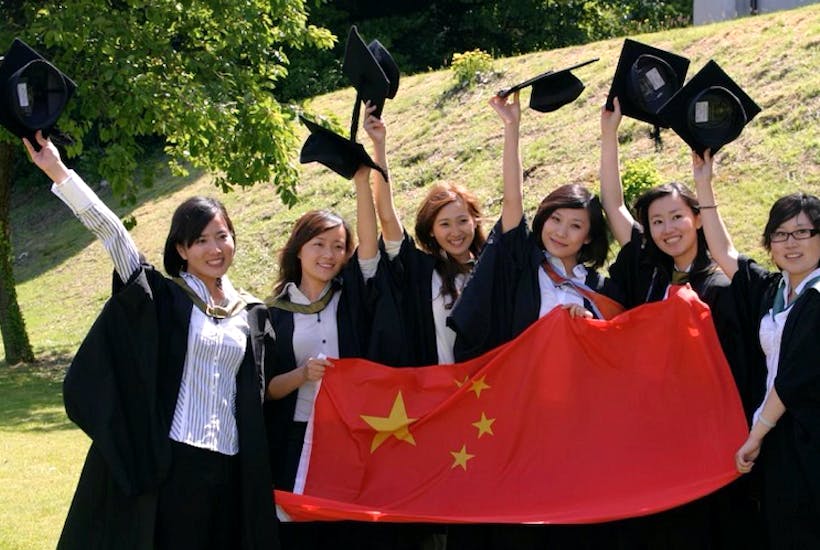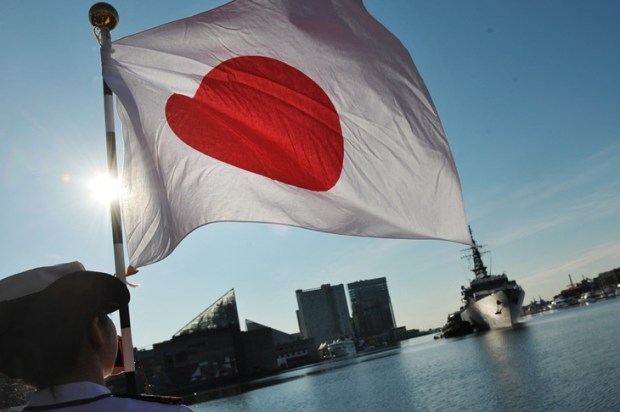The Centre for Independent Studies report ‘The China Student Boom and the Risks It Poses to Australian Universities’ presented the most complete picture to date of the number of Chinese university students in Australia (roughly 140,000) and the contributions they make to Australian university budgets (up to 23 per cent of total revenue at the University of Sydney).
No one knows the exact numbers of students or the revenue they generate, because the universities and their regulators don’t tell us. That alone suggests that they may see a problem lurking in their dependence on China, though you won’t find any trace of an admission in their annual reports.
Or in the pronouncements of their trade body, Universities Australia. Addressing the National Press Club earlier this year in her role as chair of Universities Australia, Monash University vice-chancellor Margaret Gardner boasted that Australian universities have been ‘incredibly successful’ competitors in the international education marketplace.
Responding to reporters’ questions about the risks inherent in Australian universities relying on international students for such a large proportion of their revenues, she asked rhetorically whether ‘We should be wringing our hands and tearing our hair out?’ and answered ‘No, we should be celebrating that success’.
That success has led to an international student population of 876,000, of which approximately 270,000 are onshore universities students (the others are either taught by Australian universities offshore, or are enrolled in vocational, English language, or non-award programs. Even K-12 schools get a piece of the action, enrolling some 27,000 international students.
Australia ranks third in the world in the number of international higher education students, trailing only the United States and the United Kingdom. Australia has more than twice as many as Canada, which has a population 50 per cent larger than Australia’s.
Measured on a per capita basis, Australia now hosts more international students than any other major country in the world. They make up 3.6 per cent of Australia’s total population, with international higher education students alone accounting for 1.5 per cent of Australia’s population.
At most of Australia’s universities, international students now account for more than 20 per cent of total enrollment. At Sydney, Melbourne, and ANU the figure is more than one-third. At the Sydney and Melbourne business schools, it’s more than two-thirds, with data not published for ANU.
No public university in the entire United States even comes close to these concentrations of international students. Only one, the University of California at San Diego, has more than half of the international student concentrations of Sydney, Melbourne, and ANU. If Australian public universities were included in an international student league table alongside American public universities, the Australians would fill all 20 slots at the top of the table and 31 of the top 33.
Which all raises the question: how much is too much? It’s one thing to recruit international students to add diversity and expose Australian students to their peers from around the world. It’s quite another for public universities to be running offshore education centres where international students have trouble mastering English because they rarely interact with local Australians.
If the most successful American public universities are any guide, when it comes to international students, 10 per cent adds diversity to the student body, 15 per cent is the maximum reasonable level, and 20 per cent represents internationalisation gone wild. In Australia, the average level of international students across the entire university system is 26.7 per cent. By any reasonable standard, that’s too high.
Salvatore Babones is a political sociologist at the University of Sydney and an Adjunct Scholar at the Centre for Independent Studies.
Got something to add? Join the discussion and comment below.
Got something to add? Join the discussion and comment below.
Get 10 issues for just $10
Subscribe to The Spectator Australia today for the next 10 magazine issues, plus full online access, for just $10.


























Comments
Don't miss out
Join the conversation with other Spectator Australia readers. Subscribe to leave a comment.
SUBSCRIBEAlready a subscriber? Log in